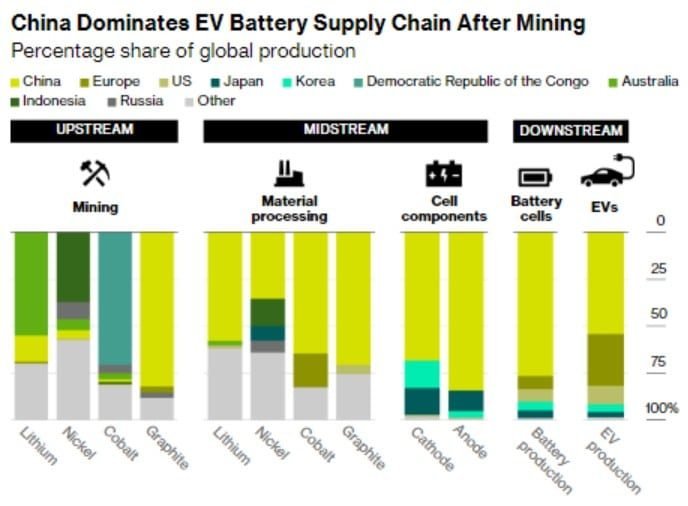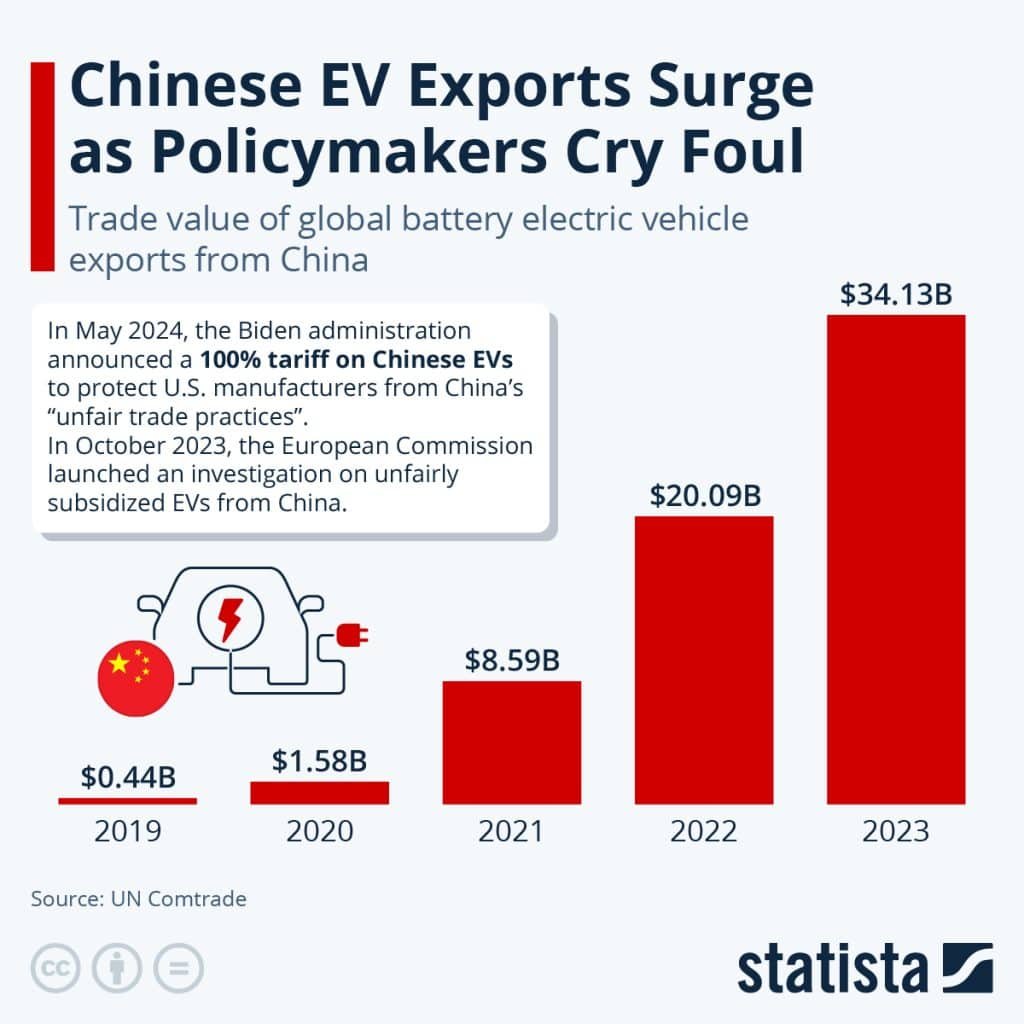The Biden-Harris Administration’s Investing in America agenda has successfully spurred more than $860 billion in business investments. In line with this, the White House has officially announced its intent to increase tariffs on Chinese imports.
President Biden has emphasized that American workers and businesses can outcompete their global counterparts if they have fair competition. However, China’s government has been criticized for engaging in unfair, non-market practices such as forced technology transfers and intellectual property theft.
According to the White House, these practices have enabled China to dominate the global production of essential inputs for various technologies, infrastructure, energy, and healthcare, posing substantial risks to American supply chains and economic security.
The Biden Administration’s policies aim to counter these challenges by fostering fair competition, reducing dependence on foreign supply chains, and strengthening domestic production capabilities.
To address issues related to technology transfer, intellectual property, and innovation, the President is directing an increase in tariffs on $18 billion worth of imports from China. These sectors include steel and aluminum, semiconductors, electric vehicles (EVs) and batteries, critical minerals, solar cells, and medical products.
Below, we focus on the key takeaways from three crucial sectors of US clean energy manufacturing:
Boosting the Domestic EV Industry
The Biden administration is significantly increasing tariffs on EVs from China to protect and promote American manufacturing. Here are the key details and implications:
- Tariff Increase: The tariff rate on electric vehicles under Section 301 will increase from 25% to 100% in 2024.
- Rationale: This dramatic increase responds to extensive subsidies and non-market practices in China, which have led to a 70% growth in Chinese EV exports from 2022 to 2023. This surge threatens productive investments in other regions.
- Objective: By imposing a 100% tariff, the administration aims to shield American manufacturers from these unfair trade practices, fostering a domestic EV industry built by American workers.
- Supportive Measures: the administration is incentivizing the development of a robust EV market through:
- Business tax credits for battery manufacturing and critical minerals production.
- Consumer tax credits for EV adoption.
- Federal investments in EV charging infrastructure.
- Grants supporting EV and battery manufacturing.
The U.S. isn’t alone in expressing concerns over China’s strides in “new energy vehicles.” The European Commission had initiated an inquiry into subsidized electric cars from China, probing whether Chinese battery EV value chains benefit from “illegal subsidization,” potentially harming EU BEV producers.
EU trade commissioner Valdis Dombrovskis recently noted that the investigation is progressing, hinting at possible tariffs before the summer break.
China has risen as the globe’s largest electric car market, buoyed by government policies and incentives to spur EV adoption. These include subsidies, tax incentives, and a credit system mandating car manufacturers to meet specified quotas, resembling a carbon credit trading scheme.
Strengthening the Battery Supply Chain
The administration is also increasing tariffs on various battery-related products and critical minerals to strengthen the domestic supply chain:
- Tariff Increases:
- Lithium-ion EV batteries: From 7.5% to 25% in 2024.
- Lithium-ion non-EV batteries: From 7.5% to 25% in 2026.
- Battery parts: From 7.5% to 25% in 2024.
- Natural graphite and permanent magnets: From 0% to 25% in 2026.
- Certain other critical minerals: From 0% to 25% in 2024.
- Rationale: China controls over 80% of certain segments of the EV battery supply chain, particularly upstream nodes like critical minerals mining, processing, and refining. This concentration poses risks to U.S. supply chains, national security, and clean energy goals.

- Supportive Measures:
- Nearly $20 billion invested in grants and loans to expand domestic production capacity for advanced batteries and battery materials.
- Manufacturing tax credits under the Inflation Reduction Act to incentivize investment in U.S. battery production.
- The American Battery Materials Initiative mobilizes government resources to secure a robust supply chain for batteries and their inputs.
RELEVANT: US Imports of Lithium and Critical Minerals Drop Amidst Shifting EV Market
Energizing the U.S. Solar Industry
Tariffs on solar cells will also be increased, with the following changes:
- Tariff Increase: The tariff rate on solar cells (whether or not assembled into modules) will increase from 25% to 50% in 2024.
- Rationale: China’s policy-driven overcapacity depresses prices and inhibits solar capacity development outside China. The country dominates 80-90% of certain parts of the global solar supply chain through nonmarket practices.
- Objective: The tariff increase aims to protect and foster the U.S. solar industry, encouraging investment in solar manufacturing and reducing dependency on Chinese imports.
- Supportive Measures:
- Supply-side tax incentives for solar components, such as polysilicon, wafers, cells, modules, and backsheet material.
- Tax credits, grants, and loan programs to support utility-scale and residential solar energy projects.
- Nearly $17 billion in planned investment in the U.S. solar supply chain announced under the Biden administration, an eight-fold increase in U.S. manufacturing capacity.
The US government’s strategic investments and policy measures aim to revolutionize the American manufacturing landscape, particularly in clean energy technologies. All these measures are designed to promote fair competition, protect American industries, and ensure a secure and resilient supply chain for critical technologies and clean energy.


